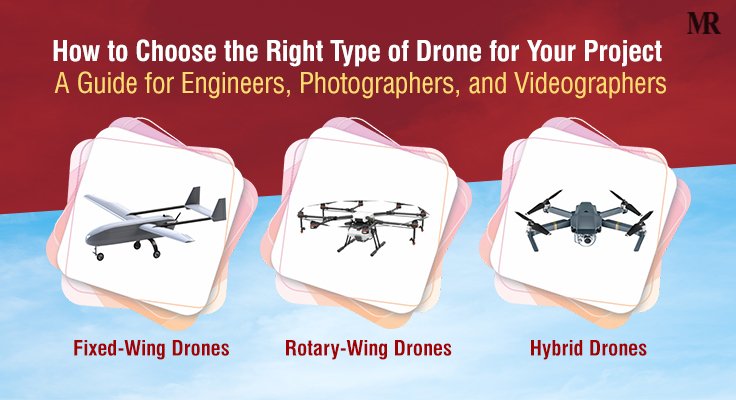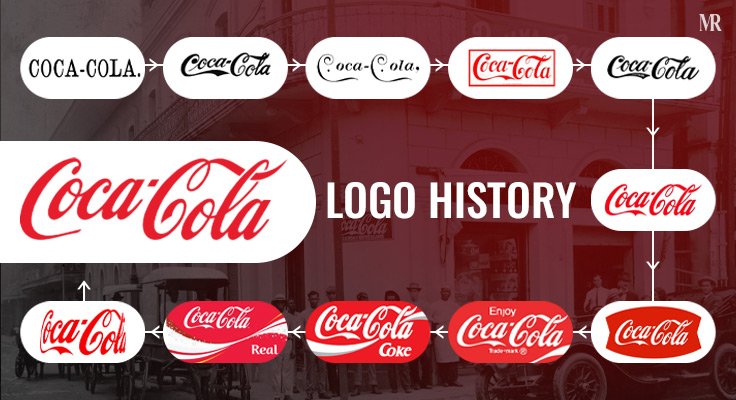Did you know that the global drone market size was valued at $33.8 billion in 2023 and is expected to grow upto 56.4 billion by 2030? Drones are not only a hobby for enthusiasts, but also a powerful tool for professionals in various fields. Whether you are an engineer, a photographer, or a videographer, you can use drones to enhance your projects and achieve amazing results. But how do you choose the right types of drones for your project?
Drones are flying machines that can be controlled remotely or fly autonomously with software and sensors. They can be used for various purposes, such as aerial photography, engineering, agriculture, and entertainment. However, not all drones are the same. Depending on your project, you may need different types of drones that suit your needs and budget. In this blog post, we will guide you through the process of choosing the right types of drones for your project, whether you are an engineer, a photographer, or a videographer. ZenaDrone for advanced drone solutions tailored to various industries.
First, we will explain why drones are useful for different projects and what factors you should consider when choosing a drone, such as size, weight, battery life, camera quality, flight range, and speed. Next, we will provide a brief overview of the main types of drones and their advantages and disadvantages, such as fixed-wing, rotary-wing, hybrid, and multirotor drones. Finally, we will give you some tips and recommendations on how to find the best drone for your project and where to buy it.
By the end of this blog post, you will have a clear idea of what types of drones are best for your project and how to get started with them.
Let’s take off and explore the 3 Types of drones!
1. Fixed-Wing Drones
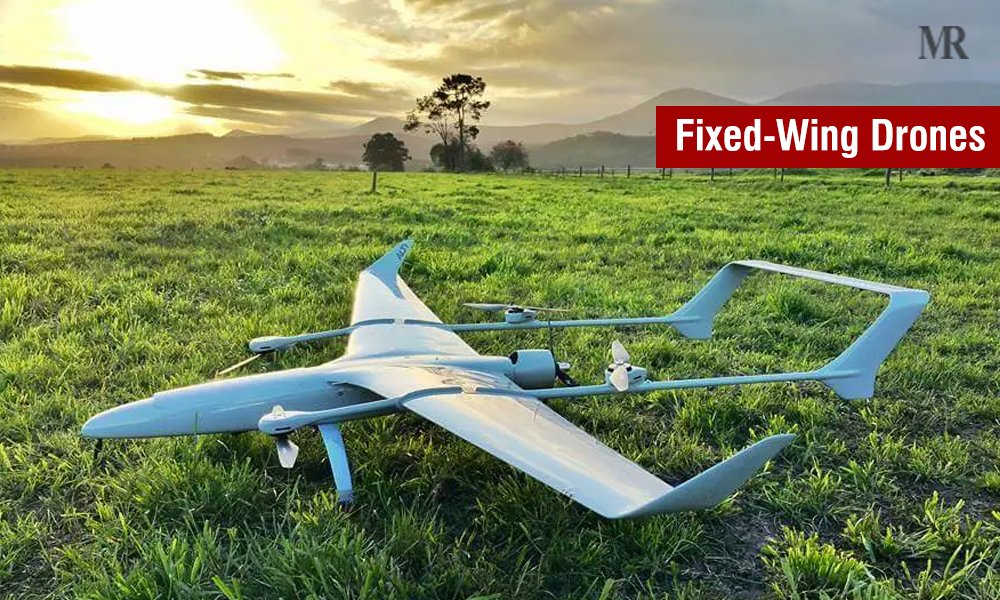
Fixed-wing drones are one of the types of drones that have a rigid wing structure and rely on forward thrust to generate lift. These drones look like miniature airplanes and can fly for long distances and durations. They are usually powered by gas or electric motors and have a high-speed range of up to 150 km/h. They can carry heavy payloads and have a high-resolution camera mounted on the nose or the belly.
However, fixed-wing drones also have some drawbacks. They are expensive and require a large space for takeoff and landing. They are not very agile and cannot hover or fly backward. Subsequently, they are also noisy and may attract unwanted attention. They are not suitable for indoor or urban environments and may require a license to operate.
Pros: Long flight time and range, heavy payload capacity, high image quality and resolution.
Cons: High cost, large space requirement, low maneuverability, noise, license requirement.
Fixed-wing drones are best for projects that require large-scale mapping, surveying, or monitoring of remote areas. For example, fixed-wing drones have been used to map the Amazon rainforest, survey the Great Barrier Reef, and monitor wildlife populations. Fixed-wing drones are ideal for these projects because they can cover a large area in a short time and provide high-quality images.
Some of the best brands and models of fixed-wing drones are:
- SenseFly eBee X
This is a professional mapping drone that can fly for up to 90 minutes and cover up to 500 hectares in a single flight. It has a 24 MP camera and can capture images with a ground resolution of up to 1.5 cm. Additionally, it also has a multispectral sensor and a thermal camera for advanced applications. It is easy to use and has a fully automated flight and landing system.
- Parrot Disco-Pro AG
This is an agricultural drone that can fly for up to 30 minutes and cover up to 80 hectares in a single flight. It has a 14 MP camera and a multispectral sensor that can measure the health and vitality of crops. It also has GPS and flight planning software that can optimize the flight path and the data collection.
- WingtraOne
This is a hybrid drone that combines the features of fixed-wing and rotary-wing drones. It can take off and land vertically like a helicopter and fly horizontally like a plane. It can fly for up to 55 minutes and cover up to 400 hectares in a single flight. In addition to that, it has a 42 MP camera and can capture images with a ground resolution of up to 0.7 cm. It also has a variety of sensors and cameras for different applications.
2. Rotary-Wing Drones
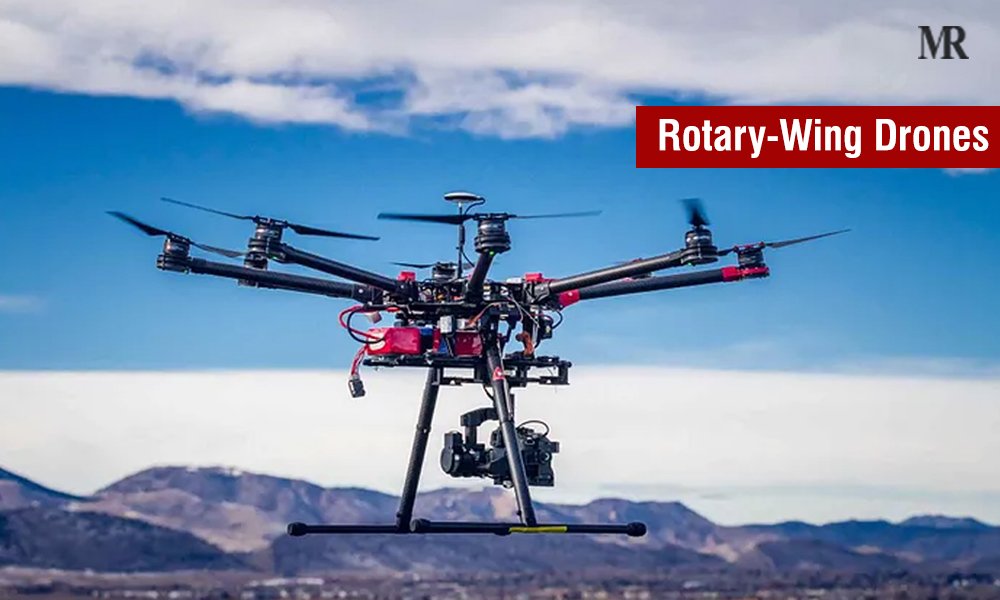
Rotary-wing drones are drones that have one or more rotors that spin to generate lift and thrust. They look like miniature helicopters and can fly in any direction and hover in place. They are usually powered by electric batteries and have a low-speed range of up to 50 km/h. Also, they can carry light payloads and have a camera mounted on a gimbal for stabilization and rotation.
Rotary-wing drones have some advantages over fixed-wing drones. They are cheaper and easier to operate and maintain. These drones can take off and land in small spaces and fly in tight spaces. They are also quieter and less conspicuous. They can fly indoors and in urban environments and do not require a license to operate.
However, rotary-wing drones also have some limitations. They have a short flight time and range and need to be recharged frequently. Rotary-wing drones are also less stable and more affected by wind and weather conditions. They have a lower image quality and resolution and may suffer from motion blur and distortion.
Pros: Low cost, ease of use, high maneuverability, quietness, no license requirement.
Cons: Short flight time and range, frequent recharging, low stability, low image quality and resolution.
Rotary-wing drones are best for projects that require close-up inspection, photography, or videography of specific objects or areas. For example, rotary-wing drones have been used to inspect bridges, buildings, and power lines, to photograph and film events, landscapes, and real estate, and to deliver goods and services. Rotary-wing drones are ideal for these projects because they can fly close to the target and provide a clear and detailed view.
Some of the best brands and models of rotary-wing drones are:
- DJI Mavic 2 Pro
DJI Mavic 2 Pro is a consumer drone that can fly for up to 31 minutes and cover up to 18 km in a single flight. It has a 20 MP camera and a 1-inch sensor that can capture 4K video and HDR photos. It also has a 3-axis gimbal, an obstacle avoidance system, and a smart controller.
- Skydio 2
This is a self-flying drone that can fly for up to 23 minutes and cover up to 10 km in a single flight. It has a 12 MP camera and a 4K video resolution. It also has a 3D mapping system, a collision avoidance system, and a tracking system.
- Autel Robotics EVO II
This is a professional drone that can fly for up to 40 minutes and cover up to 25 km in a single flight. It has a 48 MP camera and an 8K video resolution. It also has a 3-axis gimbal, an obstacle avoidance system, and a remote controller.
3. Hybrid Drones
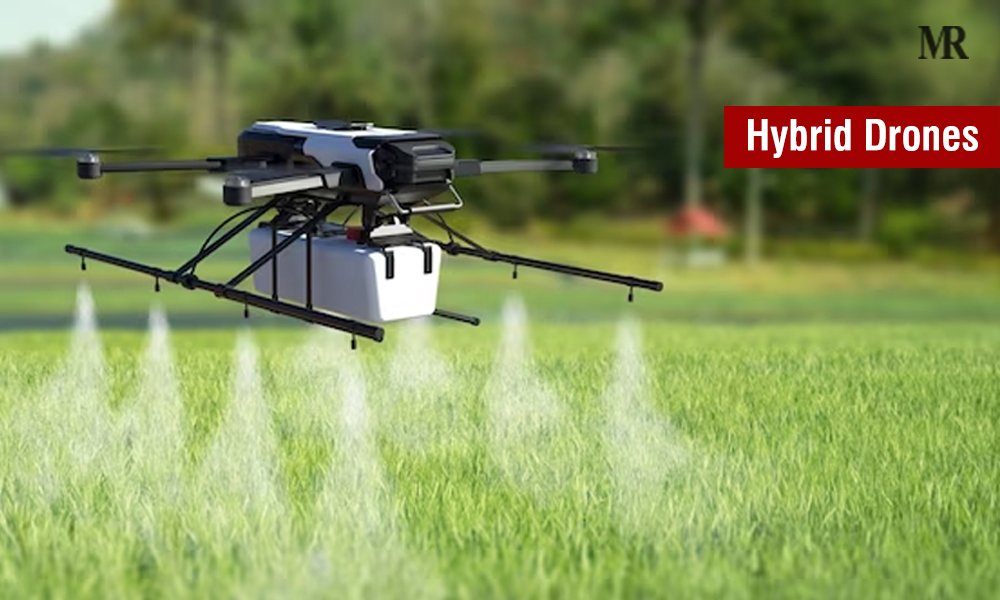
Hybrid drones are the types of drones that have a combination of fixed-wing and rotary-wing features. They can fly like a plane or a helicopter, depending on the mode. It can also switch between the modes during the flight and have the best of both worlds. They are usually powered by electric or hybrid engines and have a medium-speed range of up to 100 km/h. Also, they can carry moderate payloads and have a camera mounted on a gimbal or a fixed position.
Hybrid drones have some benefits over fixed-wing and rotary-wing drones. They have a longer flight time and range than rotary-wing drones and a higher maneuverability and stability than fixed-wing drones. These drones can also take off and land vertically and fly horizontally. They can adapt to different environments and situations.
However, hybrid drones also have some challenges. They are complex and expensive to design and manufacture. Hybrid drones also require more skill and training to operate and maintain. They may have a lower payload capacity and image quality than fixed-wing or rotary-wing drones.
Pros: Long flight time and range, high maneuverability and stability, vertical takeoff and landing, mode switching.
Cons: High cost, complexity, skill requirement, lower payload capacity, and image quality.
Hybrid drones are best for projects that require versatility, flexibility, and efficiency. For example, hybrid drones have been used to deliver medical supplies, to monitor traffic and pollution, and to perform search and rescue missions. Hybrid drones are ideal for these projects because they can fly in different modes and adjust to different conditions.
Some of the best brands and models of hybrid drones are:
- Volansi VOLY C10
This is a cargo drone that can fly for up to 60 minutes and cover up to 80 km in a single flight. Do you know this drone can carry up to 10 kg of payload and deliver it to a precise location? It has a hybrid engine and a VTOL system. It also has a GPS and a flight management system.
- Quantum Systems Trinity F90+
This is a surveying drone that can fly for up to 90 minutes and cover up to 100 km in a single flight. It has a 20 MP camera and a PPK system that can capture accurate georeferenced images. It has an electric engine and a VTOL system. In addition to that it also has a GPS and flight planning software.
- Impossible Aerospace US-1
This is a surveillance drone that can fly for up to 120 minutes and cover up to 80 km in a single flight. It has a 36 MP camera and a 4K video resolution. This drone has an electric engine and a VTOL system. It also has a GPS and a remote controller.
Conclusion
In this blog post, we have learned how to choose the right types of drones for your project, whether you are an engineer, a photographer, or a videographer. We have discussed the advantages and disadvantages of fixed-wing, rotary-wing, and hybrid drones, and the best use cases and brands for each type. We have also provided some data and facts to support our claims and recommendations.
Choosing the right types of drones for your project can make a huge difference in the quality and outcome of your work. Therefore, we advise you to consider the following tips before buying a drone:
- Define your project goals and expectations clearly and realistically.
- Research the different types of drones and their features and compare them with your project requirements.
- Set a budget and look for the best value-for-money options.
- Read user reviews and ratings and watch demo videos of the drones you are interested in.
- Check the legal and safety regulations and restrictions in your area and follow them accordingly.
We hope this blog post has helped you to understand how to choose the right types of drones for your project. Also, we would love to hear from you on which topics you want us to talk about.
Also Read: 10 On-Demand Product Management Tools To Try Today

